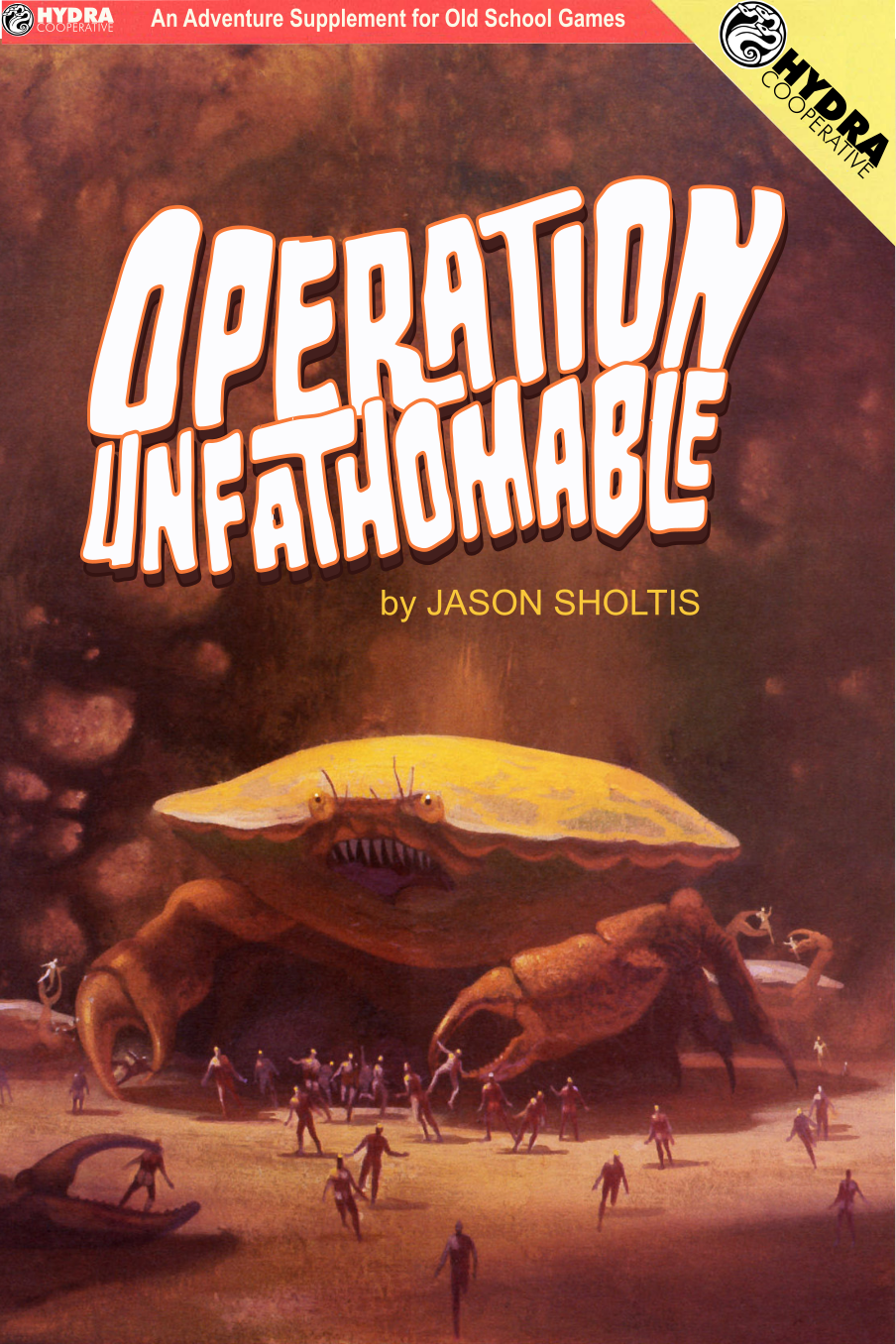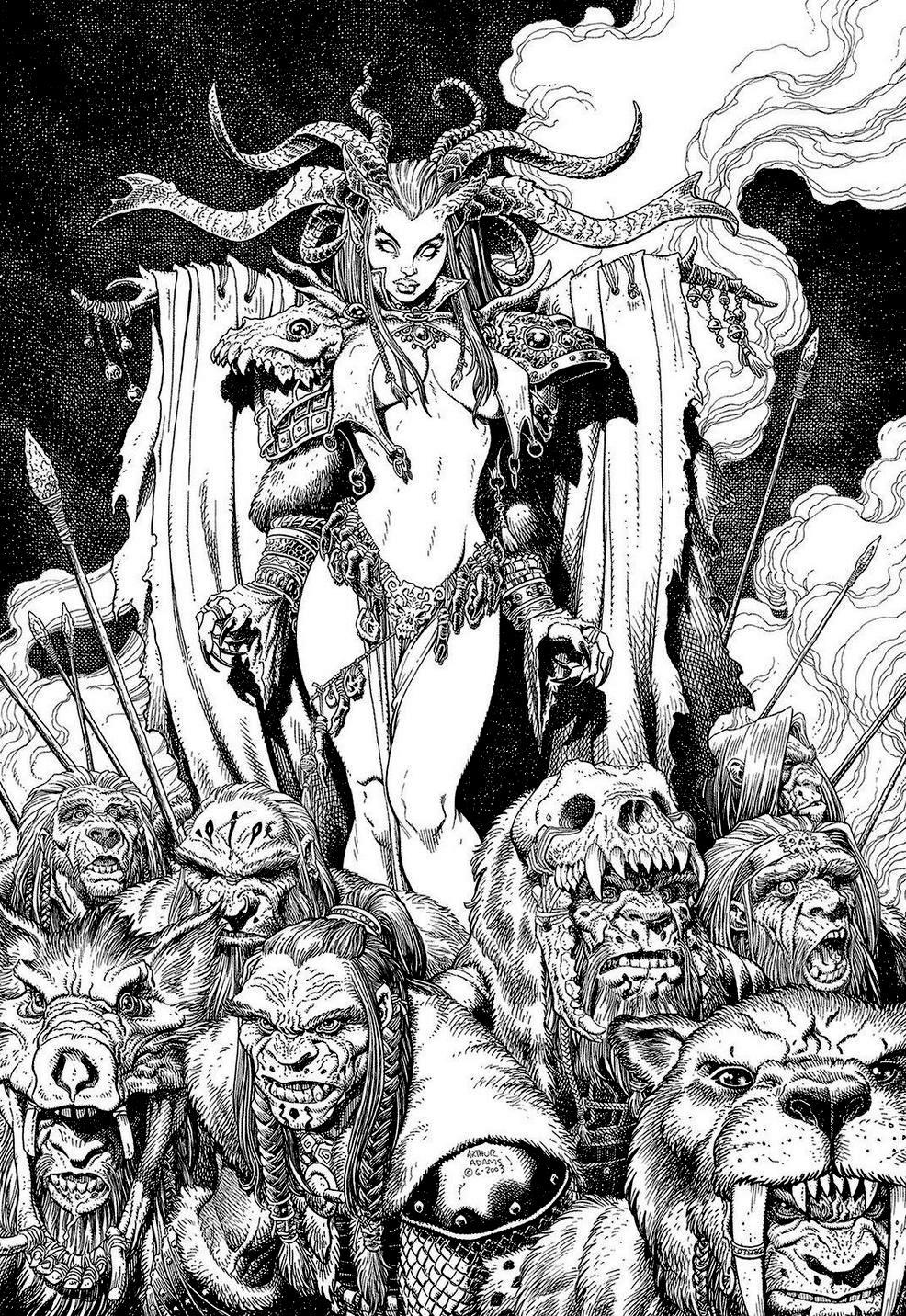"THE SECRET OF PAX"
Player Characters:
Jarrett Crader as Aurelius
Justin Davis as Conrad "Rip" Ripper
Billy Longino as Olsen Potter Graves
Lester B. Portly as Eddy Woodward
Nonplayer Characters:
Mariette Hartley as Lyra-7
Alex Cord as Dylan-14, Dylan Hunt and Supervisor Dylan
Majel Barrett Prima
Percy Rodriguez Primus
Synopsis: The astronauts and their chimpanzee friend enter the cave complex of Pax. The people are as peaceful as their name, but soon it becomes apparent they are not what they appear.
Commentary:
The only shot fired in this episode was a stun dart from a Paxer weapon (seem above) to keep an overwrought Aurelius from defecating on the floor. The PCs showed remarkable restraint.
Pax is the peaceful society built in a Carlsbad Caverns base by scientist after a nuclear conflict as seen in
Genesis II. The Pax civilization thrived in 2133. Sometime between then and the arrival of our heroes in 31st Century, the Pax civilization moved to the north and left the original base as an experiential history exhibit using some sort of advanced artificial beings. They act out the
discovery of Dylan Hunt in suspended animation. In moments of intense questioning, the automata revert to offering refreshments.
The PCs did discovered a map of more extensive subshuttle stations than they were aware of, but their were unable to get to the local station thanks to the automata.
In Pax's extensive library, they discover a pamphlet published in 1991 by Ape Management Publications titled
How to Terminate Your Ape. This publication originally appeared in Adventure Comics's
Planet of the Apes #19.
In the end, the astronauts leave the living museum much as they found it (thinking it might be a resource they can pillage later), ignore Aurelius suggestions they travel to the apes' Terminus City, and instead head south to the territory of the
warring human tribes.























